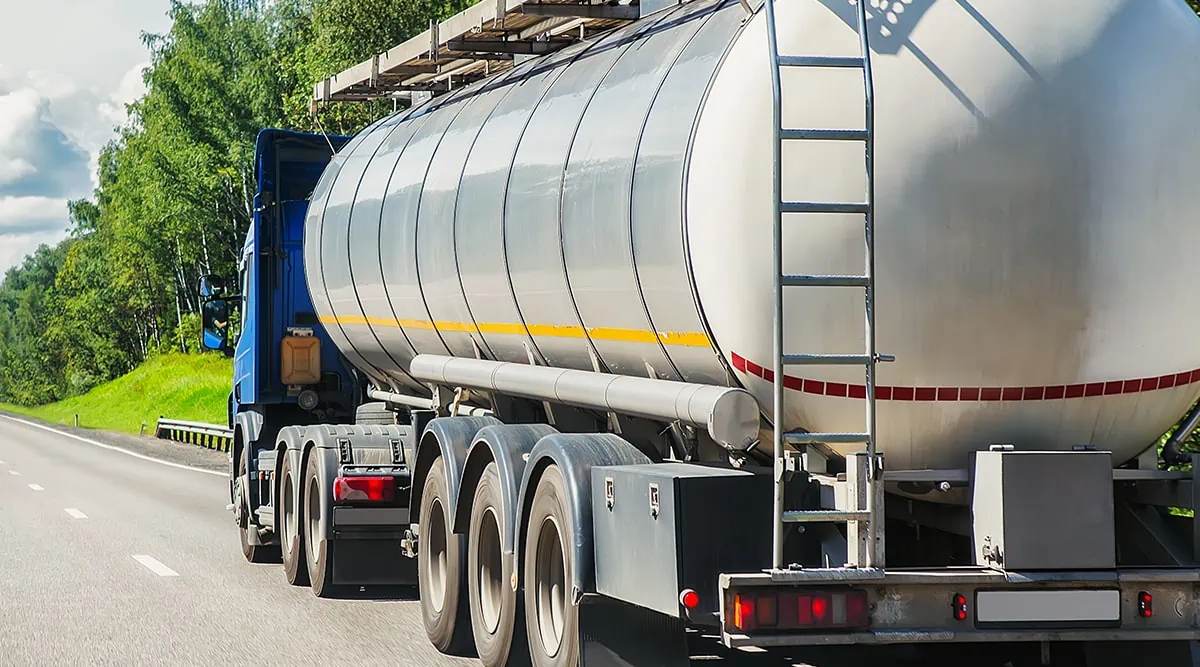Reclaim Waste Things To Know Before You Get This
Reclaim Waste Things To Know Before You Get This
Blog Article
3 Simple Techniques For Reclaim Waste
Table of ContentsWhat Does Reclaim Waste Mean?Some Known Questions About Reclaim Waste.Unknown Facts About Reclaim WasteReclaim Waste - The FactsHow Reclaim Waste can Save You Time, Stress, and Money.
Discover the kinds, incidents, and kinds of fluid waste. Domestic sewer waste describes the waste and products from a household sewage-disposal tank. This kind of waste is created by people in residences, schools, and other buildings. This only consists of septic storage tanks that have a drain field. The appropriate administration and disposal of residential sewer waste call for fluid waste to be moved to a sewer treatment plant where the appropriate methods and equipment are related to purify and get rid of waste.
Commercial waste usually consists of possible hazards, such as flammable products or a mix of fluid and solid waste products, and calls for an advanced and detailed disposal process. The disposal of business waste commonly involves the filtering of waste before transportation to ensure safe and proper disposal. Industrial waste is produced from byproducts and runoff of industrial processes and production.
This sort of waste can not use the same sewer management transport or processes as septic or industrial fluids. The hazardous waste management process calls for the assessment and screening of liquid waste prior to it goes through the disposal procedure (industrial wastewater treatment). Runoff waste is the liquid waste that originates from drainage and excess stormwater in highly booming locations or cities
Overflow waste can create contamination and flooding if not dealt with correctly. Find out more concerning sewer cleaning and waste monitoring. Making certain correct waste administration can stop catastrophes and decrease ecological injury. Both individuals in household settings and professionals in industrial or production markets can profit from understanding the processes and regulations of fluid waste administration.
Reclaim Waste for Dummies
Get in touch with PROS Providers today to find out about our waste administration and disposal solutions and the correct ways to look after the fluid waste you create.
(https://www.huntingnet.com/forum/members/reclaimwaste1.html)This so-called 'wastewater' is not only an important source but, after treatment, will certainly be launched to our land, waterways or the ocean. Used water from commodes, showers, bathrooms, kitchen sinks, washings and commercial processes is understood as wastewater.

water utilized to cool machinery or tidy plant and devices). Stormwater, a form of wastewater, is overflow that moves from farming and metropolitan areas such as roofs, parks, gardens, roads, paths and rain gutters right into stormwater drains, after rainfall. Stormwater moves neglected straight to regional creeks or rivers, ultimately reaching the sea.
Not known Facts About Reclaim Waste
In Queensland, a lot of wastewater is treated at sewage therapy plants. Wastewater is delivered from domestic or commercial sites via a system of drains and pump stations, understood as sewerage reticulation, to a sewage treatment plant.
The Division of Natural Resources recommends local federal governments regarding managing, operating and preserving sewerage systems and therapy plants. In unsewered locations, city governments might call for householders to set up specific or home sewage treatment systems to deal with domestic wastewater from bathrooms, kitchen areas, shower rooms and laundries. The Division of Natural Resources authorises using household systems when they are verified to be reliable.
In some new neighborhoods, therapy of some stormwater to remove clutter, sand and gravel has begun making use of gross pollutant catches. Wastewater treatment takes place in four phases: Eliminates solid matter.
Wastewater after that flows right into large tanks where solids settle and are eliminated as sludge. Oil and residue are skimmed from the surface. Uses tiny living microorganisms knows as micro-organisms to break down and remove remaining dissolved wastes and fine particles. Micro-organisms and wastes are integrated in the sludge. Removes nitrogen and phosphorus nutrients that could cause algal flowers in our waterways and intimidate aquatic life.
Reclaim Waste - Truths
Nutrient elimination is not readily available at all sewage treatment plants due to the fact that it needs expensive specialized tools. Clear liquid effluent generated after treatment might still include disease-causing micro-organisms - liquid waste removal melbourne.

Many wastewater moves right into the sewage system. Under the Act, neighborhood click reference federal governments administer authorizations and licences for ecologically pertinent activities (ERAs) entailing wastewater releases that might have a regional impact.
Reclaim Waste Can Be Fun For Anyone
Surveillance gives accurate information regarding water high quality and can confirm that licence conditions are being satisfied. The information acquired via monitoring offers the basis for making water top quality decisions.
Report this page